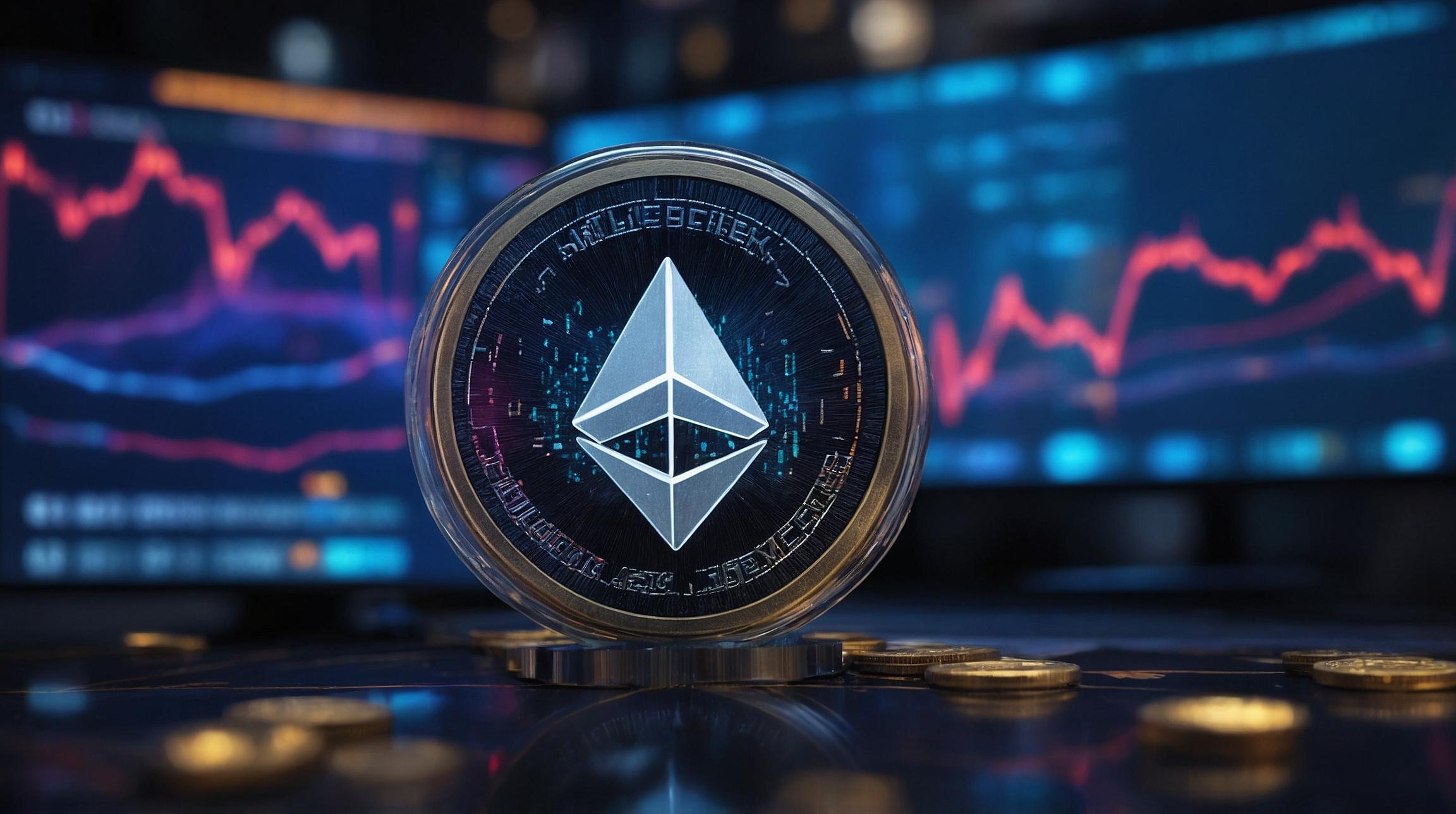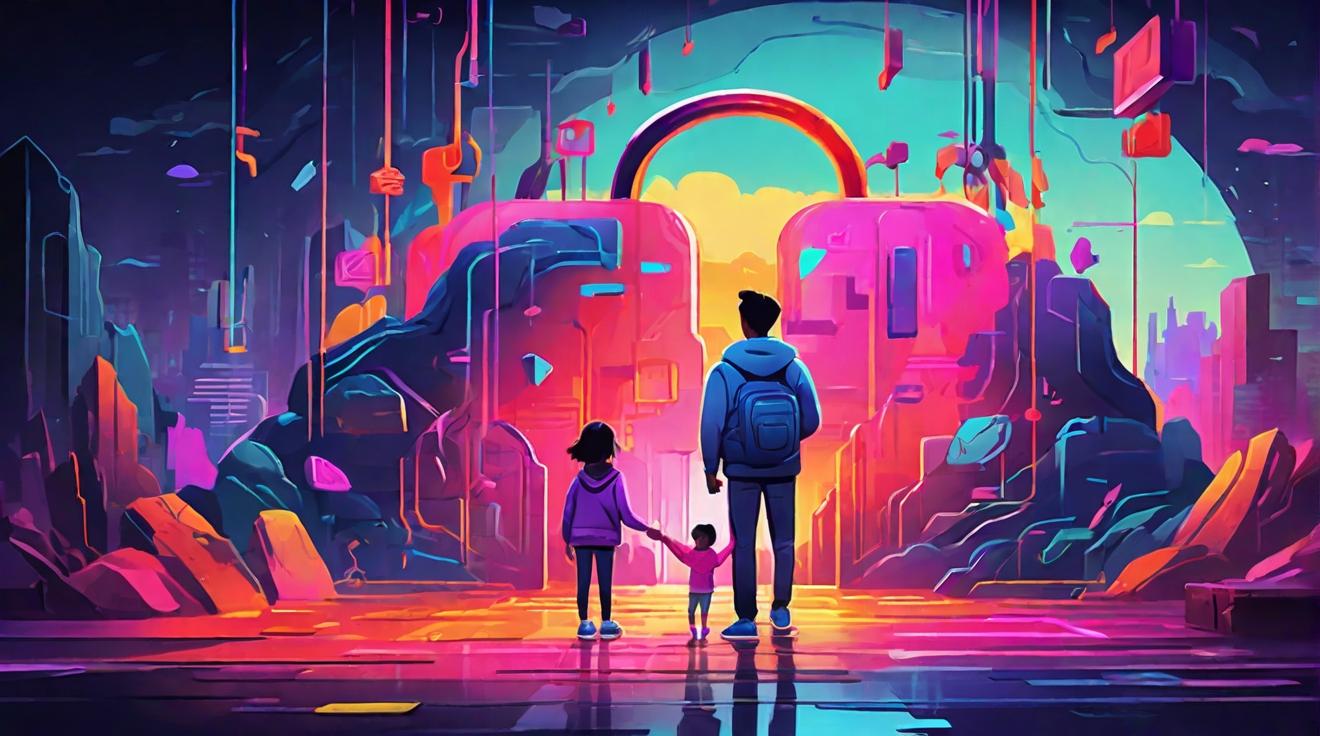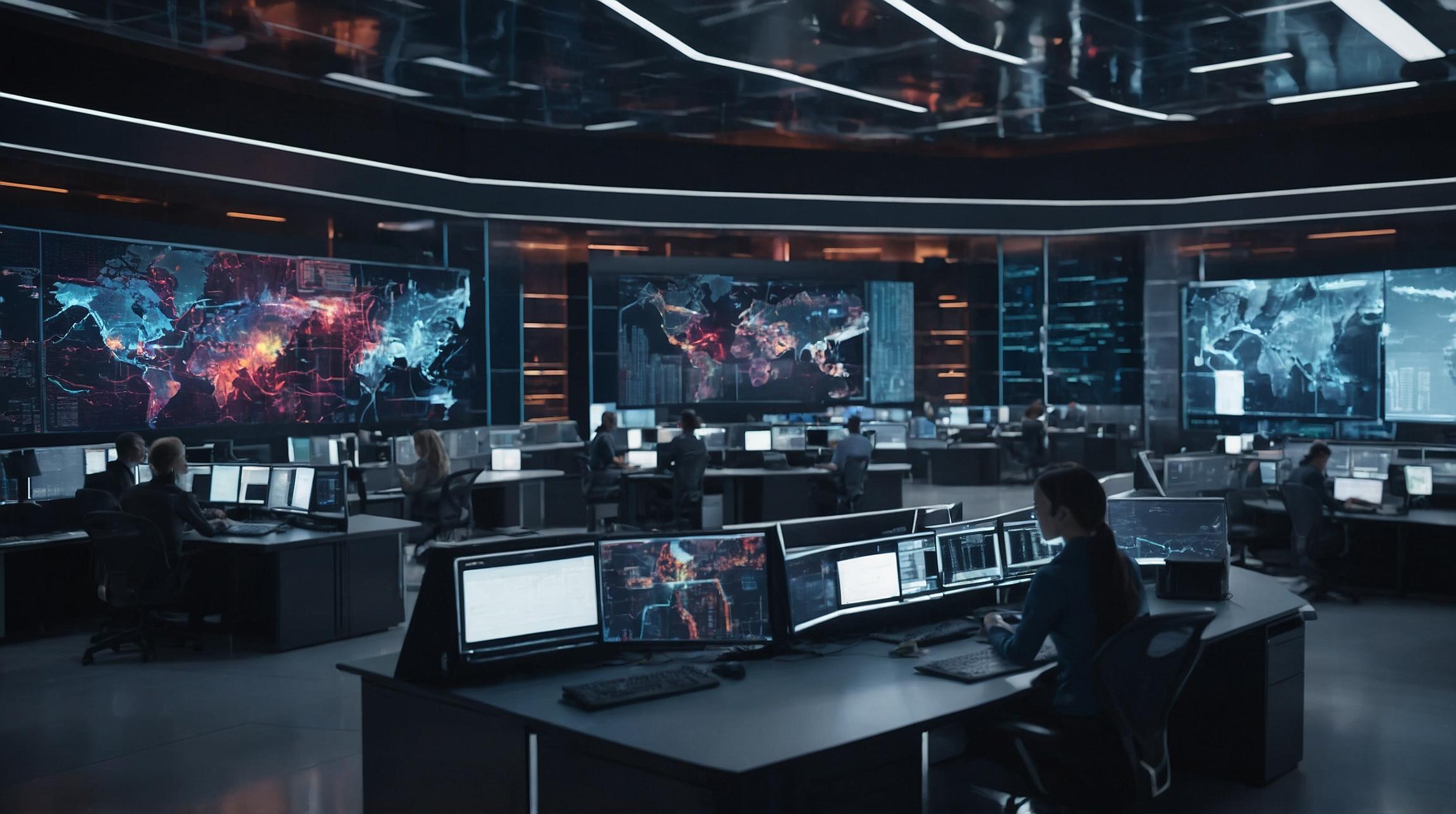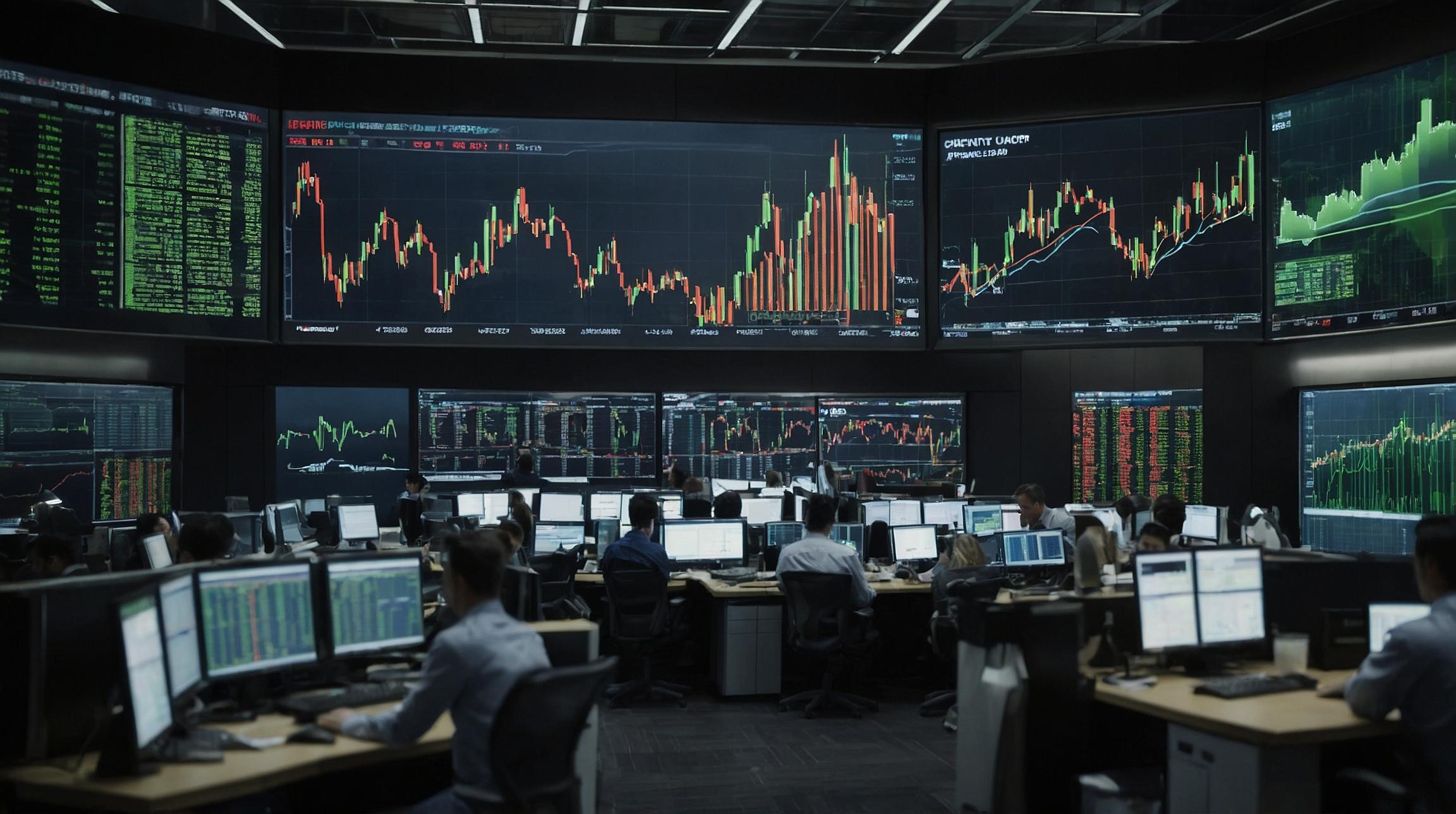Virtual Reality Unlocks the World of Robert Burns: A New Way to Appreciate Scotland’s National Bard
This month, guests attending Burns Night suppers have the opportunity to delve deeper into the world of Scotland’s national bard, Robert Burns, thanks to virtual reality (VR) technology. The Art of the Burns Supper, created by researchers from Glasgow University, takes participants on virtual trips that reveal the stories behind Burns’s poems and songs, as well as his love for whisky, haggis, and more. The VR experiences were developed by scanning items from Burns collections across Scotland, as well as key sites and places in his life, offering an eclectic vision of the poet celebrated worldwide on his birthday, January 25th.
Museums in the Metaverse: Opening the Doors to the Unseen Treasures of the World
The lessons learned from developing The Art of the Burns Supper have contributed to an even more ambitious project called Museums in the Metaverse. This £5.6m initiative by Glasgow University aims to create VR guides that will enable individuals to open their own VR museums, showcasing collections assembled from around the globe. Currently, more than 90% of objects in collections cannot be seen by the public as they are in storage, while many objects on display are kept inside glass cases, preventing close examination. Museums in the Metaverse aims to liberate these collections and provide a new way for visitors to appreciate cultural artifacts.
Burns Supper VR Experience: Exploring the Stories Behind the Poet’s Poems and Songs
The VR experiences developed by Glasgow University’s research team offer a unique opportunity to explore the life and works of Robert Burns. Scanning objects from Burns collections across Scotland, the VR experiences take participants on a virtual journey through key sites and places in his life. For example, participants can follow in the footsteps of Tam o’Shanter as he visits Alloway Auld Kirk, the setting for his supernatural poem, Tam o’Shanter. By using VR technology, participants can experience the church as it would have been in Burns’s day, before its rafters fell down. Additionally, the VR experience allows users to peruse 3D images of a wide range of items that reveal Burns’s cultural influence over the past two centuries.
The Challenges of Creating Virtual Reality Museums: Lessons Learned from the Robert Burns Project
Creating a VR experience like The Art of the Burns Supper comes with its own set of challenges. One major issue is the scattered nature of Burns memorabilia across different locations in Scotland. To address this, the research team had to bring together items from various museums and collections to create a comprehensive virtual experience. Another challenge is the process of scanning objects using photogrammetry to create accurate 3D images. In the past, this required bringing items to scanning sites, but recent developments have made it possible to bring portable scanners to institutions, reducing disruption. The lessons learned from the Robert Burns project are now being applied to overcome these and other challenges in the development of Museums in the Metaverse.
The Future of Museums: How VR Technology Will Revolutionize Access to Global Collections
The potential of virtual reality museums is vast. Museums in the Metaverse will allow collections of any size to be hosted and accessed from anywhere in the world. Visitors will have the opportunity to see distant objects side by side and examine them closely. This technology has the power to revolutionize access to global collections, as it removes the limitations of physical locations and glass displays. The Museums in the Metaverse project aims to overcome economic, technological, and cultural challenges to create a new way for anyone to access and appreciate cultural artifacts. The success of The Art of the Burns Supper demonstrates the possibilities of this technology, and it could soon be applied to thousands of other stories and collections.
Analyst comment
Positive news: The use of virtual reality (VR) technology to explore the life and works of Robert Burns and create VR museums is an exciting development. It allows for a deeper understanding and appreciation of cultural artifacts. The Museums in the Metaverse project aims to revolutionize access to global collections and overcome challenges. This technology has the potential to transform the museum experience and make it accessible to anyone, regardless of their location.













